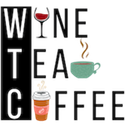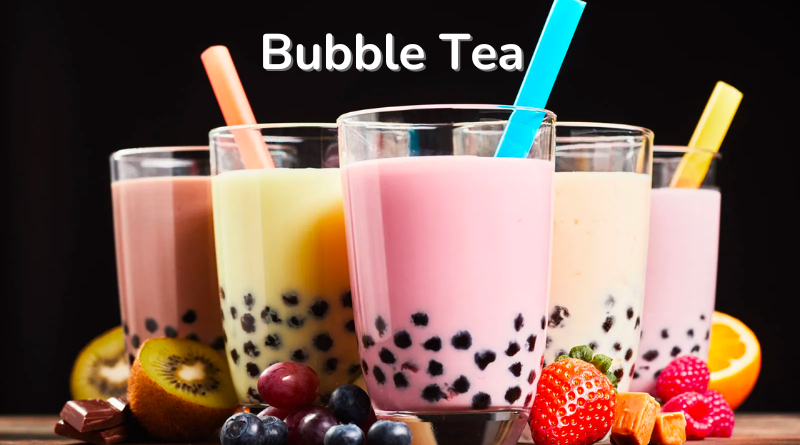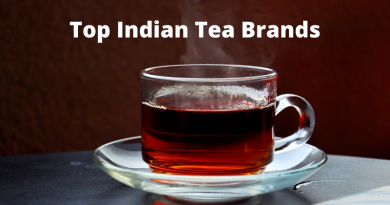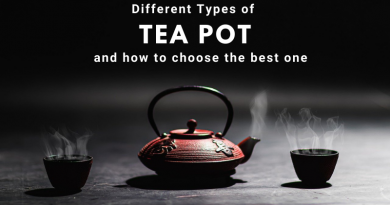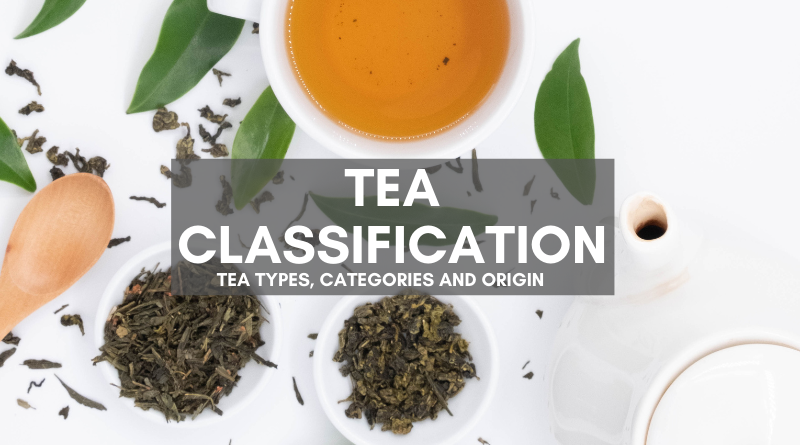Bubble Tea – Your Loving Boba Tea Guide
Bubble tea, also known as boba tea, pearl milk tea, or simply, boba, is a popular beverage that has taken the world by storm. It originated in Taiwan in the 1980s and has since become a global phenomenon. Bubble tea is made with tea, milk, sugar, and small tapioca balls, also known as “pearls” or “boba,” which give the drink its unique texture and taste. Over the years, bubble tea has evolved to include a variety of flavors and ingredients, making it a favorite among many. In this article, we’ll explore everything you need to know about boba, from its history and cultural significance to its health benefits, and recipes. Let’s dive into the world of this refreshing and exciting drink.
What is Bubble Tea?
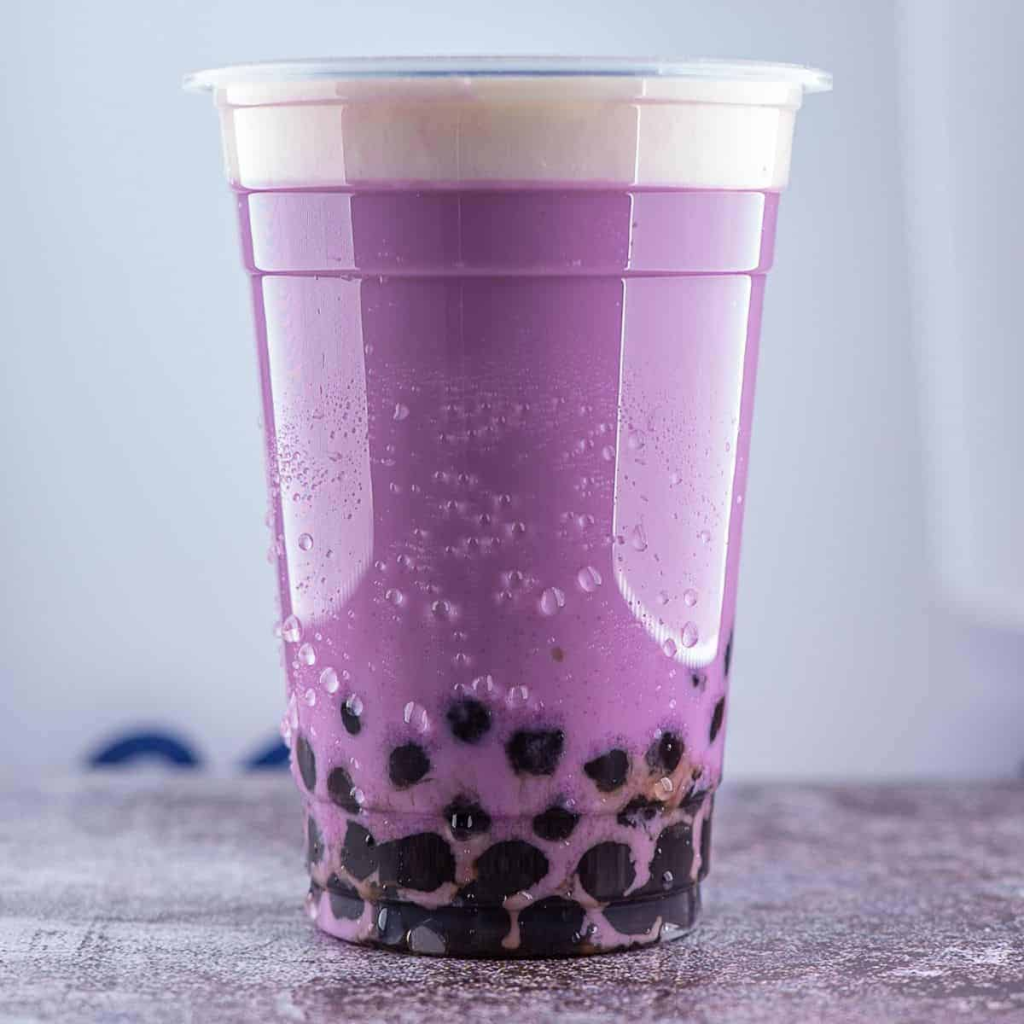
Bubble tea, also known as boba tea or pearl milk tea, is a Taiwanese drink that has gained popularity all over the world. It is a sweet and refreshing drink that comes in a variety of flavors and is typically served cold with ice. The main ingredients of boba tea include brewed tea, milk, sweeteners such as sugar or honey, and small tapioca pearls that are known as “boba.” The tapioca pearls are what give bubble tea its unique texture and chewy consistency.
The tapioca pearls used in bubble tea are made from cassava starch and come in a variety of colors and sizes. They are cooked in boiling water until they become soft and chewy, and are then added to the tea along with other ingredients. boba tea can be made with a variety of teas, such as black tea, green tea, or fruit-flavored tea, and can be customized with different types of milk, sweeteners, and toppings.
Bubble tea has become popular all over the world, with specialty shops popping up in many countries. In addition to traditional tea shops, bubble tea can also be found in cafes, restaurants, and even some supermarkets. The drink has become particularly popular among younger generations and is often seen as a trendy and fashionable beverage
Some popular types of Bubble tea:
Vivi Bubble Tea

Vivi Bubble Tea is a popular boba tea chain that originated in Taiwan and has since expanded to many countries around the world. The brand is known for its high-quality ingredients, unique flavors, and creative presentation. Vivi Bubble Tea offers a wide variety of drinks, including classic milk tea, fruit tea, slushies, and more. They also offer a range of toppings, such as tapioca pearls, jelly, and fruit chunks, allowing customers to customize their drinks to their liking. Vivi Bubble Tea has gained a loyal following due to its consistent quality and creative menu items, making it a must-visit spot for bubble tea enthusiasts.
Joyba Bubble Tea

Joyba bubble tea is a popular type of tea that originated in Taiwan. It is made by blending tea with fruit flavors and topped with a layer of cheese foam, which is a creamy foam made with cream cheese and whipped cream. The cheese foam adds a rich and savory flavor to the drink, creating a unique taste experience. Joyba boba is often served in clear plastic cups, allowing you to see the layers of tea and cheese foam. It has become a popular drink in many countries around the world and is worth trying if you have the opportunity to do so.
Tai Chi Bubble Tea
Tai Chi bubble tea is a popular type of bubble tea that originated in Taiwan. It is a blend of traditional milk tea and fruit flavors, often served with tapioca pearls. The drink is named after the martial art of Tai Chi, and emphasizes balance and harmony in its flavors and textures. Tai Chi bubble tea is a unique and refreshing beverage that is worth trying if you have the opportunity.
Taro bubble tea:
This type of bubble tea is made with taro powder, milk, and sweetener. The drink has a unique purple color and a sweet, nutty flavor.
Fat straws bubble tea:
Fat straw bubble tea is a popular chain of bubble tea stores based in Texas, USA. They are known for their oversized straws which make it easier to consume the toppings in the drinks, such as tapioca pearls and jelly. They offer a variety of drinks, including classic milk tea, fruit tea, and slushies, with a range of toppings to choose from. Fat Straw Bubble Tea also caters to those with dietary restrictions by offering dairy-free and vegan options. Their stores have a fun and welcoming atmosphere, making it a great place to enjoy a delicious boba tea.
Health benefits of bubble tea:
Bubble tea is a popular drink that originated in Taiwan and has gained popularity worldwide. While bubble tea is often considered a sweet treat, it can actually provide several health benefits when consumed in moderation.
One of the main health benefits of bubble tea is that it contains antioxidants. The tea used in boba tea is often green or black tea, both of which contain antioxidants that can help to protect the body from damage caused by free radicals.
Another benefit of bubble tea is that it can be a good source of hydration. Many people struggle to drink enough water throughout the day, and drinking bubble tea can be a delicious and refreshing way to increase your fluid intake.
Additionally, some types of bubble tea, such as those made with fruit, can provide essential vitamins and minerals. For example, a fruit tea made with oranges could provide vitamin C, while a berry tea could provide antioxidants and other nutrients.
It is important to note, however, that boba can also be high in sugar and calories, especially if it contains added sweeteners or toppings. Therefore, it is important to consume bubble tea in moderation and to choose options that are lower in sugar and calories.
Bubble tea flavors and recipes:
Bubble tea, also known as boba tea, is a Taiwanese drink that has become popular around the world. One of the most appealing aspects of boba tea is its wide range of flavors and recipes, allowing for endless customization and experimentation.
The most popular flavors of bubble tea include:
- Milk Tea – A classic flavor made with black tea, milk, and sweetener, such as honey or sugar.
- Fruit Tea – A refreshing flavor made with fruit, such as peach, mango, or passionfruit, and black tea or green tea.
- Matcha – A Japanese green tea that is finely ground into a powder and blended with milk and sweetener.
- Taro – A sweet and nutty flavor made from taro root, which is mashed into a paste and blended with milk and sweetener.
- Chocolate – A rich and indulgent flavor made with cocoa powder, milk, and sweetener.
When it comes to making bubble tea at home, there are countless recipes to choose from. Here is a basic recipe to get you started:
Ingredients
- 1/2 cup cooked tapioca pearls
- 1/2 cup brewed tea (black, green, or herbal)
- 1/2 cup milk (dairy or non-dairy)
- Sweetener of choice (honey, sugar, or syrup)
- Ice cubes
Instructions
- Cook tapioca pearls according to package instructions and let cool.
- Brew tea and let cool.
- In a blender, combine cooled tapioca pearls, tea, milk, sweetener, and ice cubes.
- Blend until smooth and frothy.
- Pour into a glass and enjoy with a large straw.
Bubble tea and culture:
Bubble tea has become more than just a popular drink; it has also become a part of modern culture. The unique blend of tea, milk, and chewy tapioca pearls has captured the hearts of people around the world and has become a symbol of Taiwanese culture.
In Taiwan, bubble tea shops are found on nearly every street corner and have become a social hub for young people to hang out and socialize. The drink has also become a part of Taiwanese cuisine, with many restaurants incorporating bubble tea flavors into their dishes.
Bubble tea has also become a part of popular culture outside of Taiwan. In the United States and other countries, bubble tea has become a trendy drink and is often featured in social media posts and food blogs. Many celebrities have even been spotted enjoying bubble tea, further increasing its popularity.
The drink’s popularity has also led to the development of new flavors and variations, as well as the invention of new ways to enjoy it. For example, some people prefer to have their bubble tea blended into a smoothie, while others prefer to have it topped with fresh fruit.
Choosing the best bubble tea:
Choosing the best bubble tea can be a fun and exciting experience, but with so many options available, it can also be overwhelming. Here are some tips to help you choose the best bubble tea:
- Start with the basics: If you are new to bubble tea, start with the classic flavors such as milk tea or fruit tea. This will give you a good foundation to work with and help you determine your preferences.
- Experiment with different flavors: Once you have tried the classic flavors, don’t be afraid to experiment with different flavors and combinations. Bubble tea shops often offer a variety of flavors, such as taro, matcha, or chocolate, as well as different sweeteners and toppings.
- Consider the sweetness level: Bubble tea can be quite sweet, so it’s important to consider how much sugar or sweetener is added to your drink. If you prefer a less sweet taste, ask for less sugar or choose a sugar-free option.
- Check the quality of ingredients: The quality of the ingredients can make a big difference in the taste of your bubble tea. Look for shops that use fresh tea leaves, high-quality milk, and freshly made tapioca pearls.
- Try different types of tapioca pearls: The texture and consistency of tapioca pearls can vary depending on the type and preparation method. Some shops offer different types of tapioca pearls, such as honey tapioca or brown sugar tapioca, which can add a unique flavor and texture to your drink.
- Ask for recommendations: Don’t be afraid to ask the staff for recommendations based on your preferences. They can often suggest popular or unique flavors and combinations that you may not have considered.
Conclusion:
In conclusion, bubble tea is a popular beverage that has captured the hearts of many people around the world. It comes in a variety of flavors and combinations, making it a fun and exciting drink to explore. However, as with any popular product, there are concerns about its impact on the environment.
Fortunately, there are steps being taken to reduce the environmental impact of bubble tea, including the use of biodegradable and compostable materials, sustainable sourcing of ingredients, and energy-efficient equipment. As consumers, we can also do our part by choosing shops that prioritize sustainability and by bringing our own reusable cups and straws.
Despite these concerns, bubble tea remains a beloved drink that has become a part of many cultures around the world. It has even inspired new innovations in the beverage industry. As we continue to enjoy this delicious drink, let’s also work together to minimize its impact on the environment and create a more sustainable future.
FAQs:
How to make bubble tea?
A: To make bubble tea, you need to prepare tea, cook tapioca pearls, and combine them with the tea and other ingredients such as milk or fruit syrups. The drink is then shaken to create a frothy texture and served with a wide straw to allow for the consumption of the tapioca pearls.
What is bubble tea made of?
A: Bubble tea is made of tea, milk or fruit syrups, ice, and chewy tapioca balls (boba).
Why celebrating bubble tea?
A: Bubble tea is celebrated because it is a popular and beloved beverage that has gained a loyal following around the world. It is seen as a symbol of cultural fusion and creativity, and its popularity has even inspired new innovations in the beverage industry.
Does bubble tea has caffeine?
A: Bubble tea may contain caffeine, depending on the type of tea used as a base. Some popular types of tea used in bubble tea, such as black tea and green tea, naturally contain caffeine. However, some shops also offer caffeine-free options or allow customers to request decaffeinated tea.
Is bubble tea healthy?
A: Bubble tea can be a healthy beverage if made with natural ingredients and consumed in moderation. However, some versions may contain high amounts of sugar, artificial flavors, and preservatives, which can make them less healthy.
